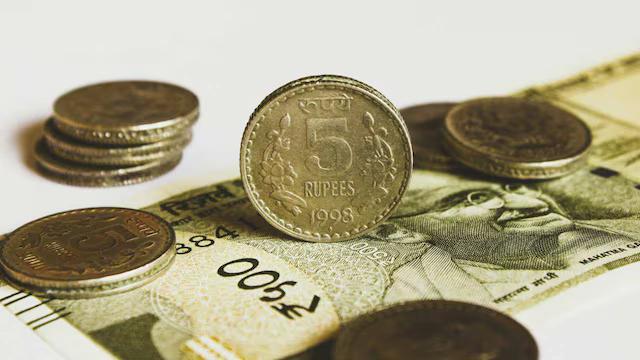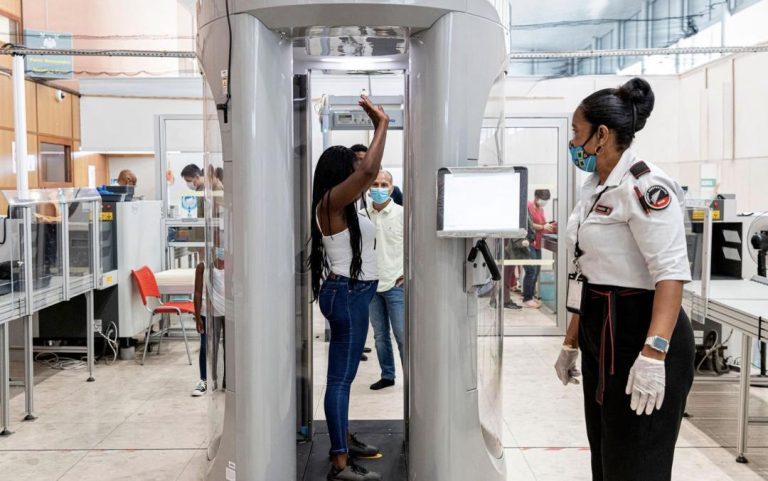
Shouldn’t Look at Day-to-Day Volatility: RBI Guv on Rupee Weakness
The Indian rupee has been experiencing a bout of weakness against the US dollar in recent times, breaching the 87 mark for the first time earlier this week. The decline has sent ripples across the financial markets, with investors and analysts alike wondering what could be behind the sudden slide. In a recent statement, RBI Governor Sanjay Malhotra weighed in on the issue, cautioning against reading too much into day-to-day fluctuations in the exchange rate.
“We should not be looking at day-to-day volatility but taking a more long-term view,” Malhotra said, emphasizing the importance of taking a step back and looking at the bigger picture. “Day-to-day movements may not be all that important,” he added, suggesting that the RBI is focused on maintaining stability and growth in the economy over the long term.
So, what does this mean for investors and businesses operating in India? And what are the underlying factors driving the rupee’s weakness? In this blog post, we’ll explore the RBI Governor’s comments and what they imply for the future of the Indian economy.
The Current State of the Rupee
The Indian rupee has been on a downward trajectory against the US dollar for several months now, with the exchange rate breaching the 87 mark earlier this week. While this may seem like a significant decline, it’s worth noting that the rupee has historically been a relatively volatile currency. In fact, the rupee has been known to fluctuate significantly against the dollar, with the exchange rate often swinging wildly in response to changes in global commodity prices, interest rates, and other macroeconomic factors.
Despite this volatility, the rupee’s recent weakness has raised concerns among investors and analysts. Some have pointed to the growing trade deficit, which has widened due to a surge in imports and a decline in exports. Others have highlighted the impact of the COVID-19 pandemic on global commodity prices, which has led to a surge in import costs and put pressure on the rupee.
The RBI’s Response
The RBI has responded to the rupee’s weakness by intervening in the foreign exchange market, selling dollars to support the currency. This has helped to stabilize the exchange rate, but some analysts have questioned the effectiveness of the RBI’s measures. For one, the central bank’s intervention has largely been limited to the short term, and some have argued that a more sustained approach is needed to address the underlying structural issues driving the rupee’s weakness.
In this context, Malhotra’s comments about not focusing on day-to-day volatility take on added significance. By emphasizing the need to take a long-term view, the RBI Governor is signaling that the central bank is focused on maintaining stability and growth in the economy over the long term, rather than simply trying to prop up the exchange rate on a daily basis.
What Does This Mean for Investors and Businesses?
So, what does Malhotra’s comment imply for investors and businesses operating in India? For one, it suggests that the RBI is focused on maintaining stability and growth in the economy over the long term, rather than simply trying to manage the exchange rate on a daily basis. This may be reassuring for businesses that are looking to invest in India, as it suggests that the central bank is committed to creating a stable and supportive business environment.
At the same time, however, the RBI’s focus on long-term stability may mean that the central bank is less concerned with short-term fluctuations in the exchange rate. This could mean that the rupee may continue to experience volatility in the short term, as it responds to changes in global commodity prices and other macroeconomic factors.
For investors, this may mean that it’s essential to take a long-term view when investing in India. Rather than focusing on short-term fluctuations in the exchange rate, investors may need to look beyond the current volatility and focus on the underlying fundamentals of the Indian economy.
Conclusion
In conclusion, the RBI Governor’s comments about not focusing on day-to-day volatility offer a reassuring message for investors and businesses operating in India. While the rupee may continue to experience volatility in the short term, the central bank is committed to maintaining stability and growth in the economy over the long term. By taking a step back and looking at the bigger picture, investors and businesses can gain a better understanding of the underlying factors driving the rupee’s weakness and make more informed investment decisions.
Source:






